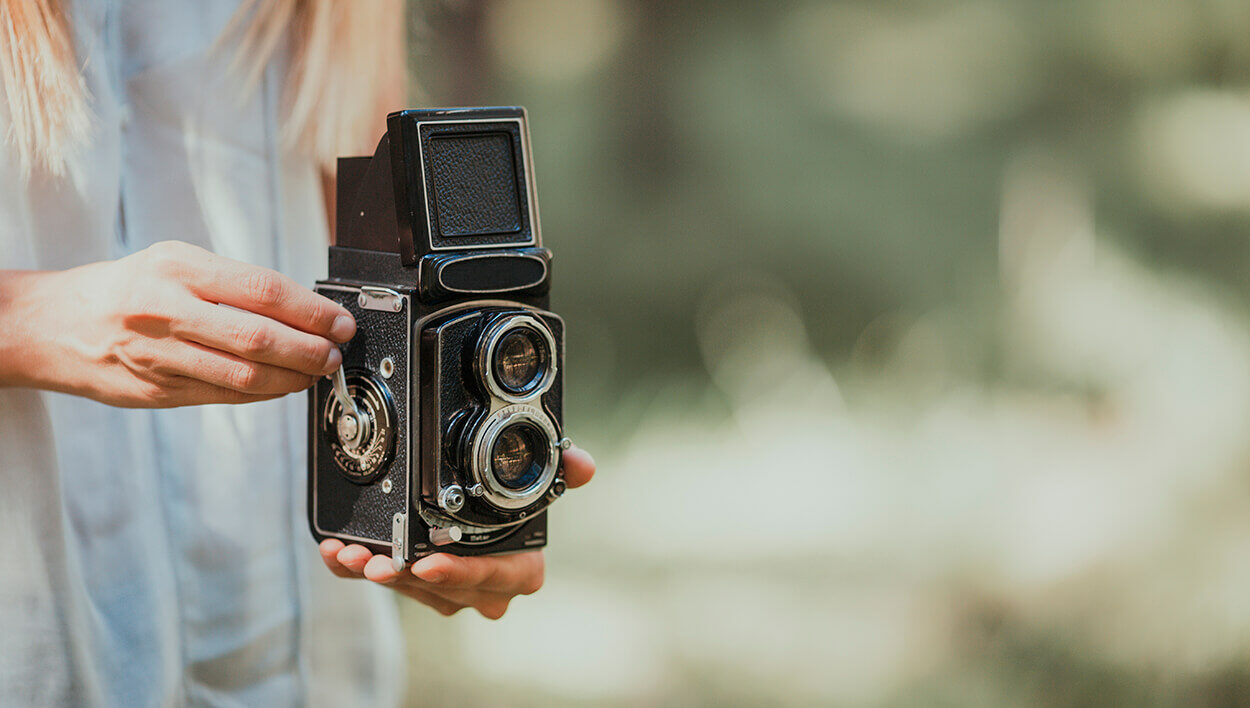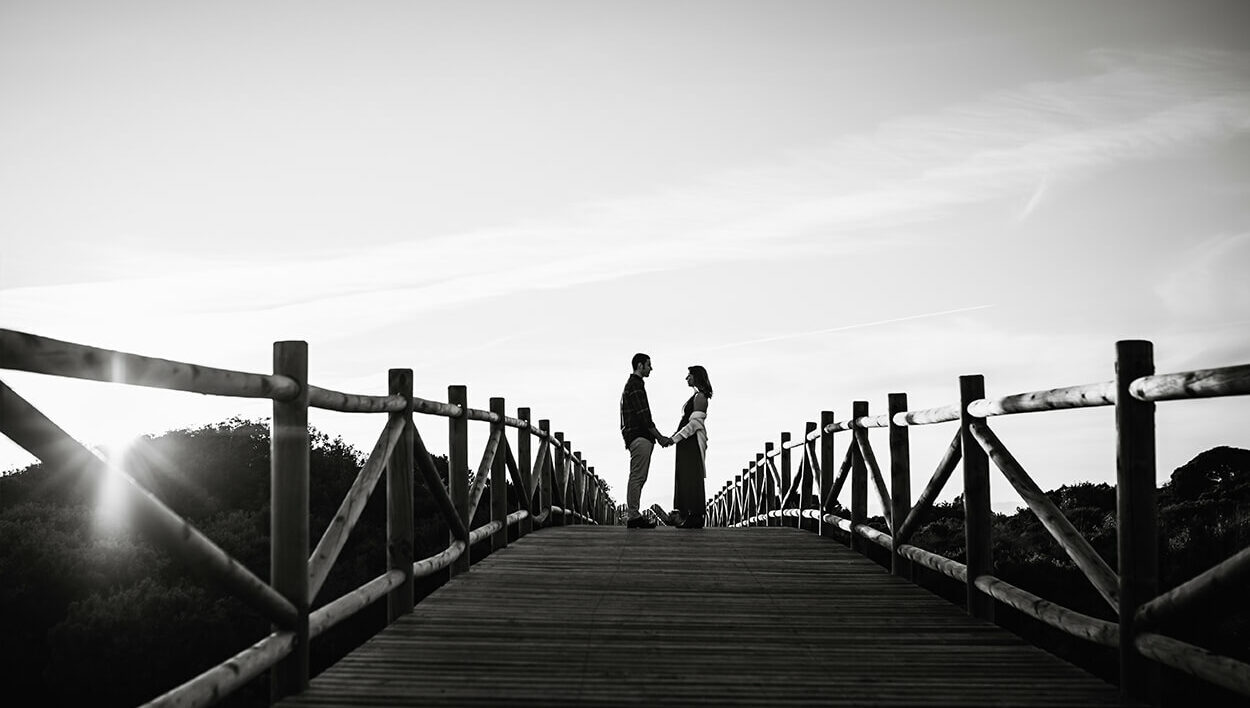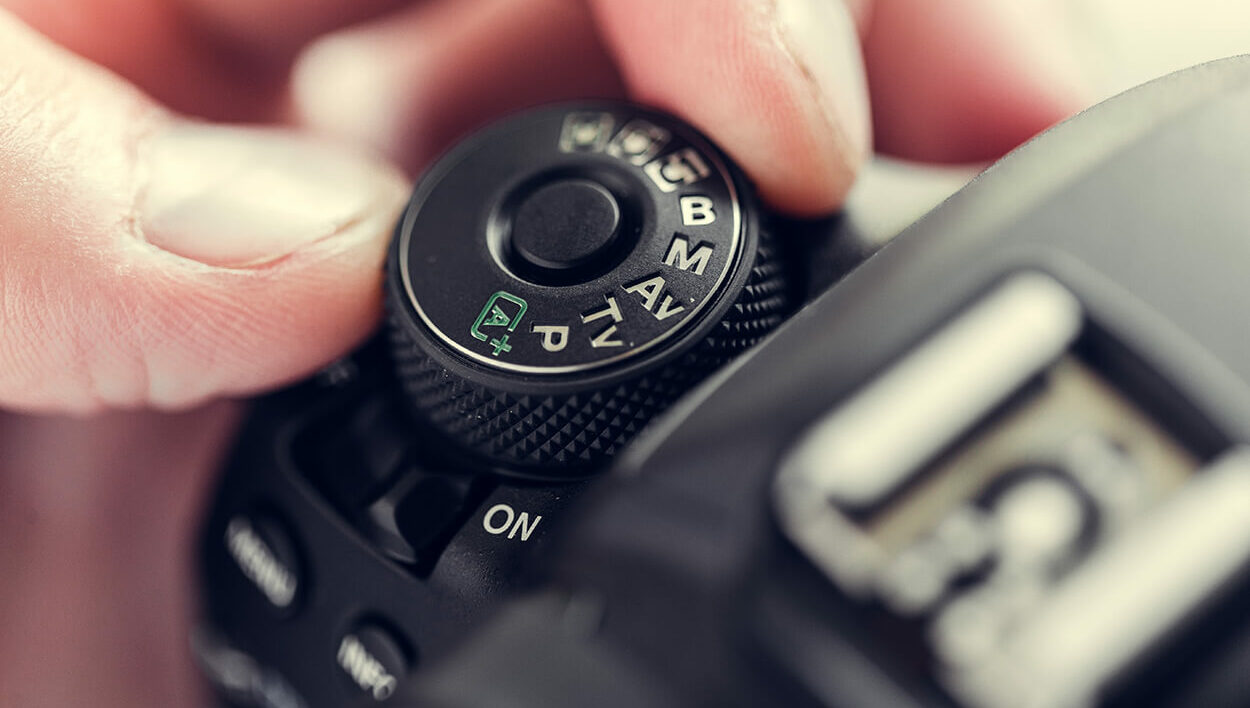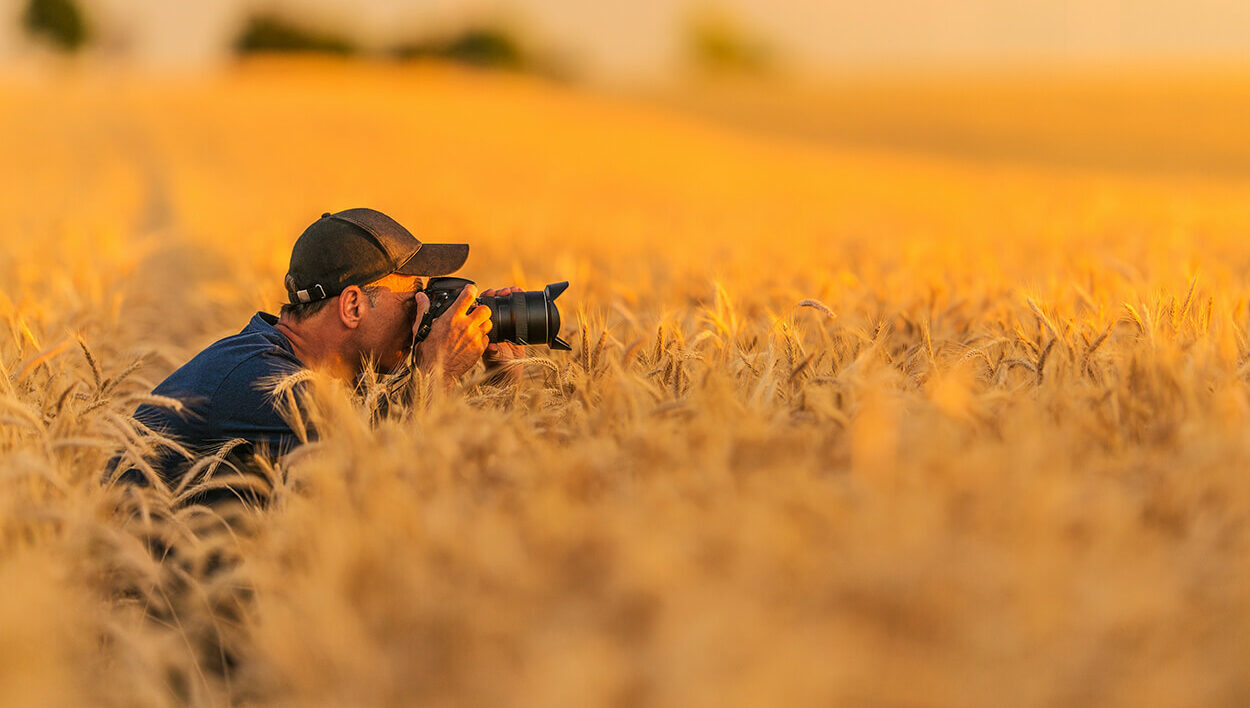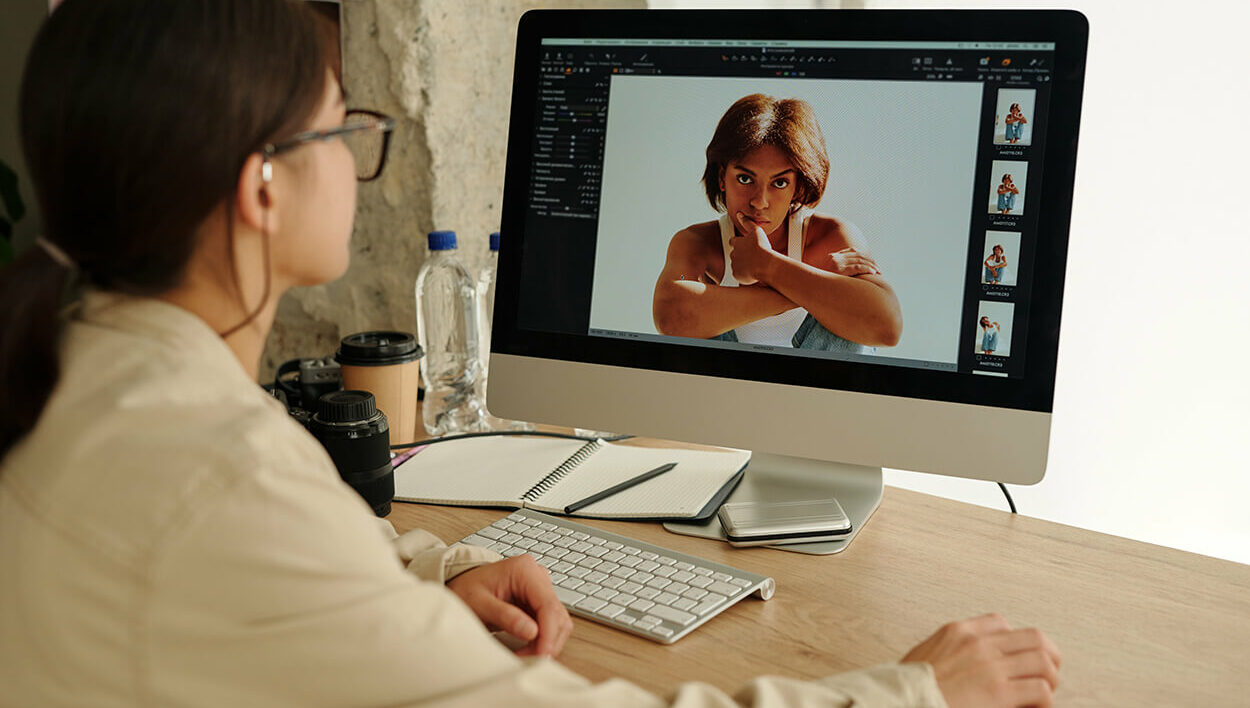Wedding photography captures more than just images; it preserves the emotions, atmosphere, and details of one of the most significant days in a couple’s life. This aspect of photography requires a keen eye for detail, technical skills, and a profound understanding of the moments that matter most. The importance of selecting the right wedding venues, choosing the perfect wedding dress, and even the significance of wedding rings, all contribute to the narrative that wedding photography aims to tell. Engaging in wedding photography is not just about taking photos; it’s about storytelling, capturing the essence of celebration, love, and lifelong memories.
This guide will navigate you through the essentials of wedding photography, from understanding the basics to post-wedding workflow. You’ll receive comprehensive insights into pre-wedding preparations, capturing the ceremony and reception effectively, and the best practices for post-production. Alongside, practical tips and techniques will be shared to help enhance your photography skills, making sure you can confidently capture every detail, from the grandeur of wedding venues to intimate moments like the exchange of wedding rings. Whether you’re an aspiring photographer or looking to refine your craft, this guide aims to equip you with the knowledge and skills needed to excel in wedding photography.
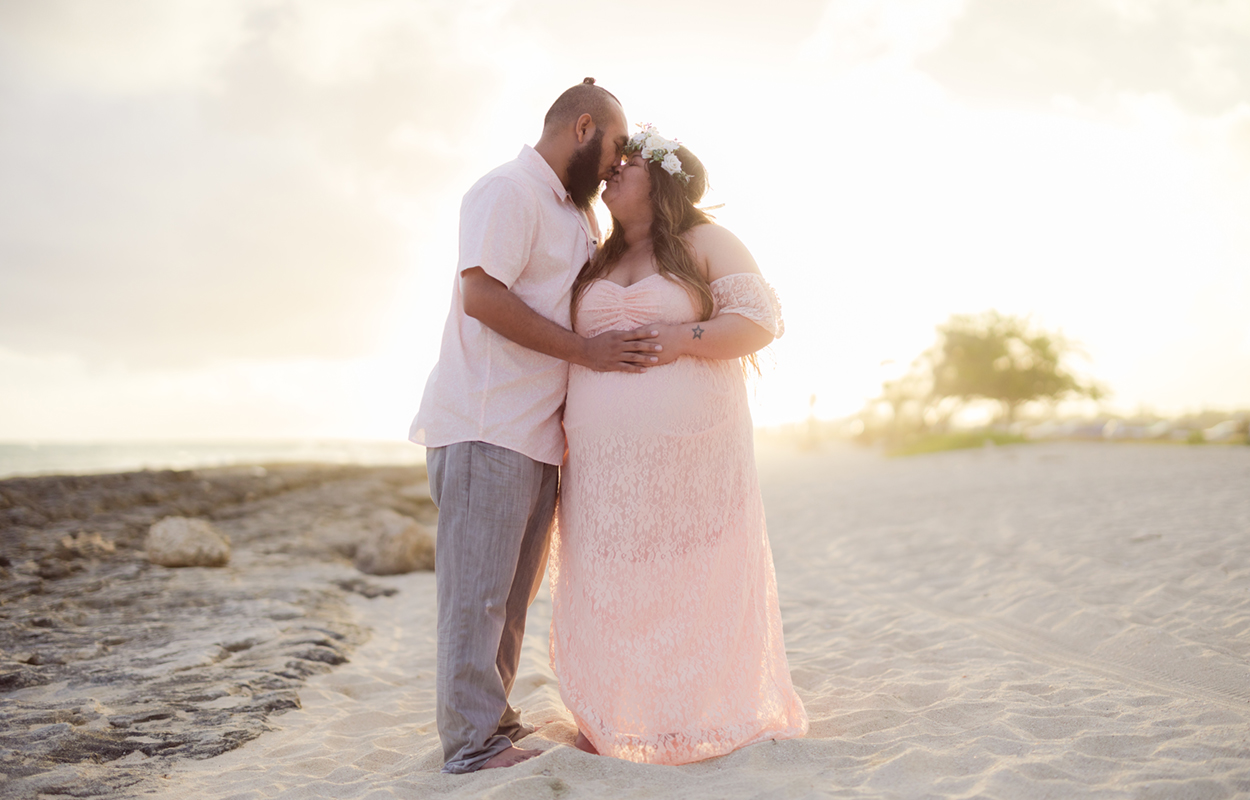
Understanding the Basics of Wedding Photography
Essential Styles and Concepts
Editorial photography, often compared to a magazine photoshoot, focuses on lighting and posing, creating a controlled environment for stunning, technically precise shots. Photojournalistic or documentary-style photography captures candid, spontaneous moments as they unfold naturally, telling the story of the day through unscripted instances. Classic and traditional photography, with its timeless appeal, features straightforward, posed shots that stand the test of time.
Fine art photography, known for its light, bright, and airy aesthetic, aims to visually narrate the couple’s story with an artistic yet client-focused approach. Lifestyle photography strikes a balance between spontaneity and styling, offering a relaxed yet directed feel. Dark and moody photography creates dramatic effects through shadows and harsh contrasts, lending a cool, edgy vibe to the images.
Technical Aspects: Equipment and Settings
While a full-frame professional camera is ideal, crop-sensor cameras can also be used for wedding photography, albeit with some limitations in lens choice and light-gathering capabilities. Newer cameras with improved noise handling and larger pixel sizes are better equipped to handle the low-light conditions common at weddings.
Prime lenses, such as the 50mm or 35mm, with large maximum apertures (f/1.8, f/1.4, or f/1.2), are essential for capturing stunning images in low-light scenarios without relying heavily on flash. Zoom lenses, while not mandatory, offer flexibility in capturing unfolding events without the need to constantly reposition yourself.
Being open to using flash can be advantageous, as weddings, especially evening receptions, can be notoriously dark. Spare batteries and memory cards are also crucial to ensure uninterrupted shooting throughout the day.
Getting to Know Your Clients
Establishing clear communication and setting expectations from the outset is vital for a successful wedding photography experience. Be upfront and honest about your services, capabilities, and limitations to manage client expectations effectively. Understand their vision, preferences, and any specific requests they may have, and communicate your ability to meet or exceed those expectations.
Maintain consistent communication channels and response times throughout the process, from the initial inquiry to the final product delivery. Record all agreed-upon details to ensure everyone is on the same page. Conduct a final meeting or questionnaire a few weeks before the wedding to iron out the day’s plans, shot lists, and any remaining details.
On the wedding day, maintain a calming, supportive presence while capturing the moments as they unfold. Follow up promptly after the event, expressing gratitude for the opportunity to document their special day. By understanding your client’s needs and providing exceptional service, you increase the likelihood of positive reviews and referrals, which can significantly benefit your wedding photography business.
Pre-Wedding Preparations
Having plenty of time for preparation shots is a great way to ease into the wedding day. The mix of emotions found in these moments are some of the most cherished to capture, often turning into some of the best candids from the day. Depending on the logistics, I recommend beginning photography at least 90 minutes before you anticipate getting dressed. I’ll either alternate between the couple as they get ready or coordinate with a second photographer to ensure both groups are photographed. If you will not be doing a first look before the ceremony, I highly recommend building in extra time during prep to photograph separate bridal parties, if these photos are desired.
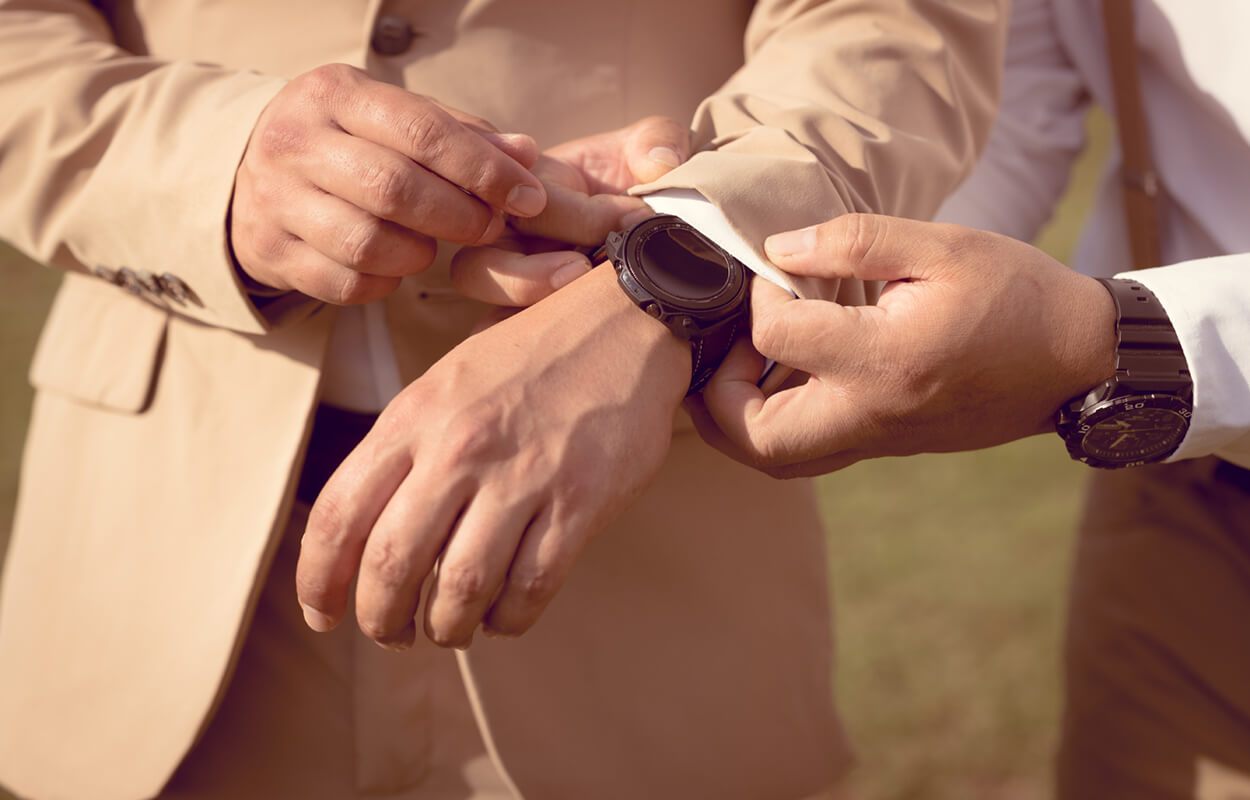
Consultation and Planning for Wedding Photography
First and foremost, I cannot emphasize this enough, have a plan! You must approach each client’s appointment with confidence and attention. I prefer to meet potential clients in public places and greet them by asking what they’d like to drink (my treat). This helps break the ice as I ask how their wedding planning is going, allowing them to talk about themselves, their wedding, and the vendors they’ve booked. I look for commonalities, as the more a bride trusts me, the more likely she is to hire me.
During the appointment, I tell them if I’ve worked at their venue before or with any of their other vendors. I ask how they met and how the proposal happened, trying to connect with them through their story. I then ask if they have any ideas for their engagement session and explain what to expect, such as session length, number of images, turnaround time, what to wear, and how to pick a location. Next, I showcase our albums, explaining why they’re important for preserving memories as their first family heirloom.
I go over what to expect on their wedding day, discussing my approach, the timeline for each part (details, family formals, couple/bridal party photos), coverage, first look, digital image delivery, print/canvas ordering, number of images, and turnaround time. I briefly touch on the contract to ensure everything is clear before they book. Finally, I ask when they’ll be able to make a decision, thanking them for coming.
Creating a Timeline
Start with your ceremony start and end times, and don’t forget to check the sunset time! Typically, you should be dressed and ready a half hour before leaving for the ceremony venue. If you’d like preparations and portraits photographed (which I recommend), please budget that I arrive 1 to 1.5 hours before you need to leave. Double-check your prep time with other vendors like makeup and hair.
If your partner is getting ready in the same location, allow 2 hours for me to alternate between you. If they’re getting ready elsewhere, allow 45 minutes to an hour with them before I arrive at your prep, including travel time.
Include the travel time between where you got ready and your ceremony location, padding the timeline here as guests may still be arriving. Allow time for the confetti, hugs, and kisses afterward! I recommend budgeting 45–60 minutes for the whole ceremony, including confetti and congratulations.
Scouting Locations
We always want to ensure my clients will like (or love) the backdrop or setting of any given location, fitting their branding or the overall feeling they want to achieve. Before scouting, I consider the general feeling they want (beachy, woodsy, garden, city, colorful/fun) and ask them their preference. Then I dive into one of the most exciting parts: location scouting!
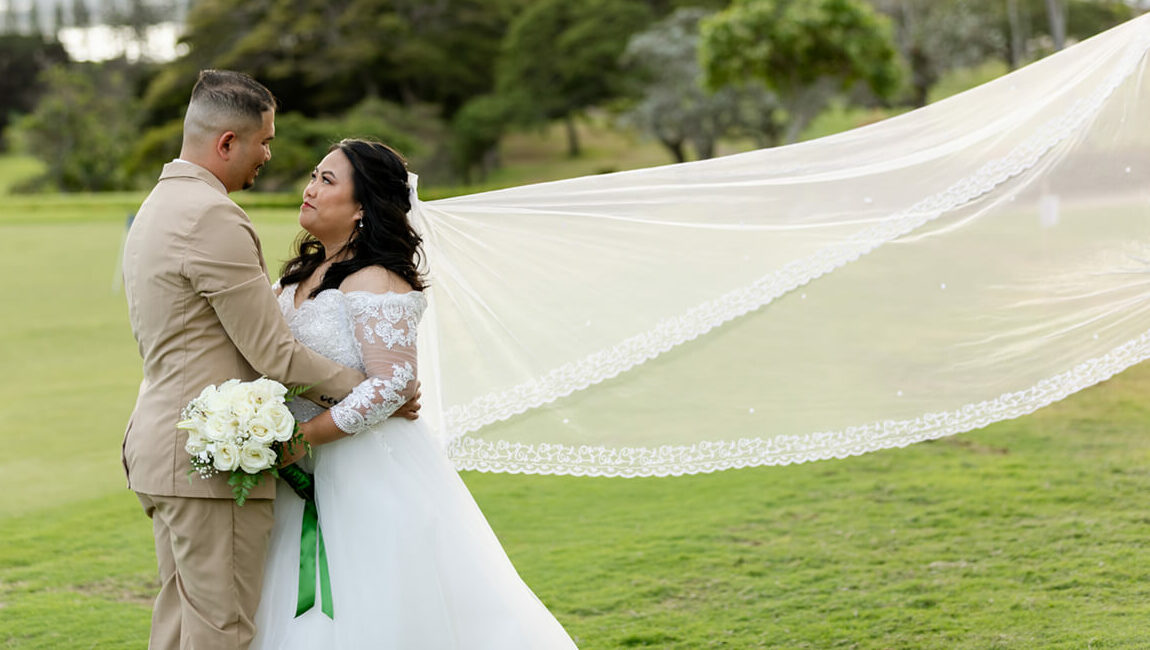
My tip is to plan ahead! I keep a list of potential locations found online that I visit in person to get a feel for the lighting and setting close to the photoshoot date and time. If it’s been a while since visiting a location, I still stop by as construction or landscaping may have changed it.
I bring my camera to take photos of potential backdrops, uploading and editing my favorites to reference that specific location easily. I keep a running Google spreadsheet of places organized by type (garden, urban) or area, using it to create a location guide with photos, highlights, descriptions, and insider tips to share with clients.
Carving out time to scout and explore periodically with a friend can inspire creativity and make it easier when clients ask for suggestions. Search the area on Google Images, use Google Maps to find universities, gardens, parks, and dense urban areas, and apps like Sun Seeker or Lumos to see real-time sun positioning data. Clients often need help visualizing locations, so sharing sample backdrop options from previous photoshoots at those spots can help them pick their favorites.
Capturing the Ceremony and Reception
Essential Shots and Angles in Wedding Photography
The ceremony is one of the most integral parts of the wedding day, when the couple exchanges vows and becomes partners for life. Capturing this moment from unique angles and perspectives is crucial to providing the couple with a comprehensive visual narrative. Stand at an angle that includes the couple and their bridal party, facing the ceremony site. Switch angles and move behind the altar if lighting conditions are unfavorable from the front. If possible, shoot from an elevated platform or balcony to showcase the ceremony location’s design and offer a unique perspective.
During the processional, capture the bridal party and bride walking down the aisle from various angles. As they stand at the altar, switch angles to shoot over the groom’s shoulder to capture the bride’s expressions and vice versa. This adds variety and interest to the images while showcasing the couple’s emotions.
Wedding Photography: Managing Lighting and Composition
Lighting can be a significant challenge during ceremonies, especially outdoors where harsh sunlight or shadows may be problematic. In such cases, adjust your position and angles to find the most flattering light. Consider using a Speedlight or off-camera flash to supplement the available light, bouncing or modifying it as needed.
Composition is also crucial. Capture a wide shot of the ceremony site from the front to showcase the couple’s chosen details. Then, frame tighter shots that isolate the couple and their interactions. Vary your perspectives by shooting from lower angles or capturing reactions from guests.
Interacting with Guests
While capturing the ceremony, be mindful of guests who may inadvertently obstruct your view or cause distractions. Politely remind them to remain seated and refrain from using electronic devices that could disrupt the proceedings. If a guest becomes particularly disruptive, try to recompose your shots to exclude them or have a member of the wedding party intervene.
Maintain a professional and diplomatic approach when interacting with guests. Provide the couple with a sneak peek of the images shortly after the wedding to validate your work and establish your photography as the primary source of memories.

